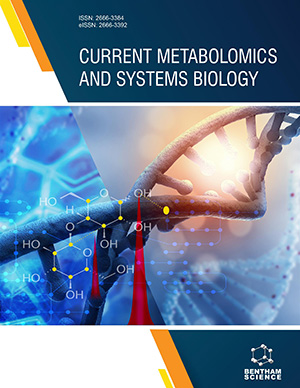Abstract
In studies of a turbulent flow with mixing-sensitive chemical reactions, the equations for the PDF of scalars (temperature and mixture component concentrations) are applied in combination with the conventional turbulence models that contain the equations for statistical moments. The PDF method advantage is an accurate representation of the chemistry influence in model equations. However, to calculate correlations responsible for an averaged chemical reaction rate, one needs a more thorough description of micromixing. As micromixing is governed by the small-scale flow structure, the latter can be considered statistically homogeneous. So, the well-developed homogeneous turbulence theory is used for closing the micromixing models. Just the adequate description of micromixing connected not only with the successful modeling of the chemistry influence, but first with a reasonable analysis of the entire mixing process, remains a stumbling block for the PDF method. This problem has received particular attention in the present work where the problem on mixing with chemical reacting in the homogeneous turbulent flow is stated by means of both the method of statistical moments for turbulence parameters and the mixture fraction PDF method for closing unknown correlations responsible for chemical reacting. Several known micromixing models (LSME/IEM, Langevin, multi-zone PDF) applicable in the PDF transfer equation are compared to explain their influence on an averaged reaction rate to be calculated.
Keywords: Turbulent flow, mixing-sensitive chemical reaction, micromixing, statistical moment, probability density function, reynolds number, damköhler number, mixture fraction, progress variable.






















